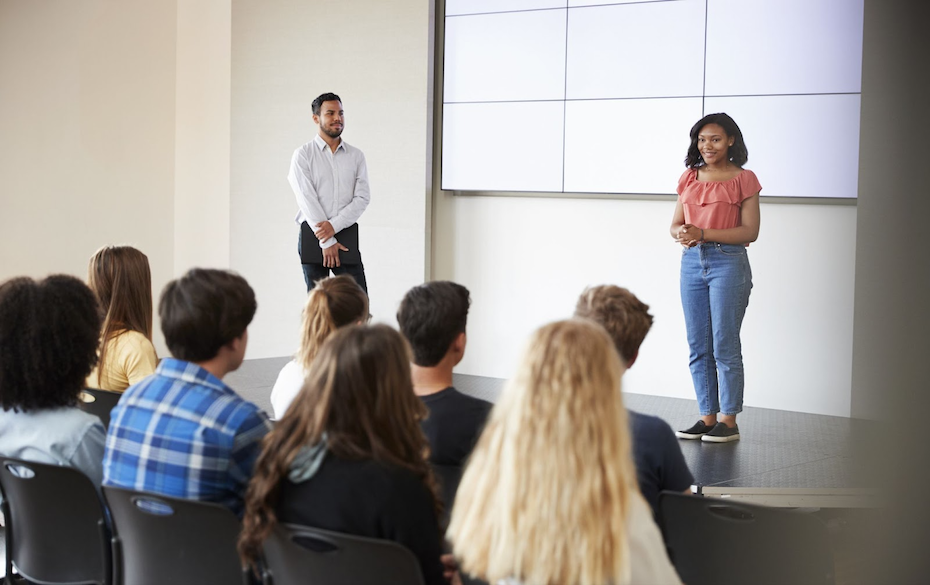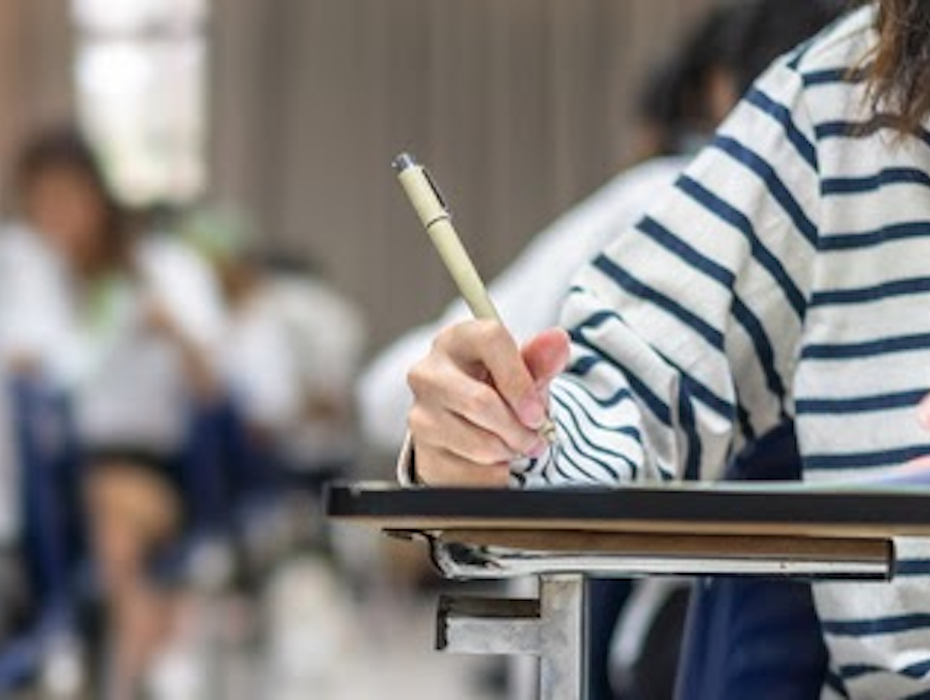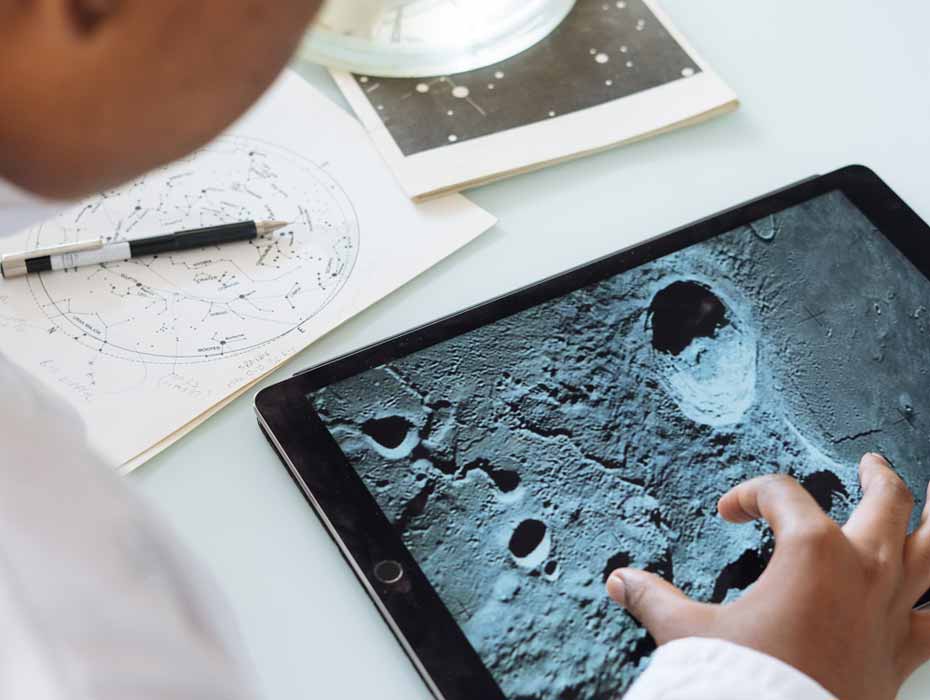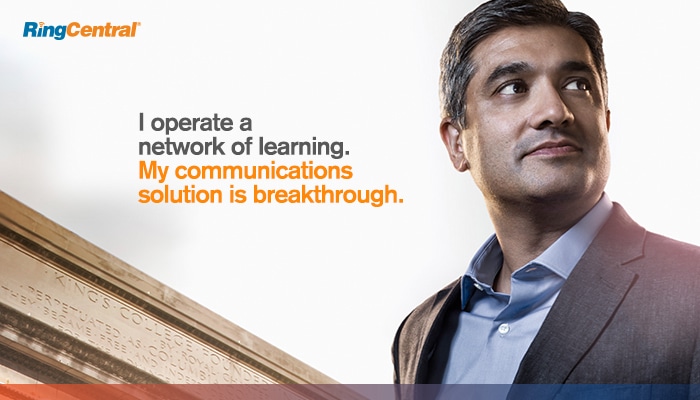Highlights
- Personalized learning enables students to choose their own learning paths, thereby engaging them in a new and exciting way.
- Teachers can employ a number of strategies to encourage personalized learning, and an approach that uses multiple strategies yields the best results.
- For personalized learning to become a reality in your classroom, you need the right communications and collaboration platform.
💻📚👩🏻🏫 Make an educated decision when purchasing an LMS with this guide. Don’t just go with your gut. Get ready now.
Every student is unique, but traditional teaching follows a one-size-fits-all model. Teachers lecture to the class, and all students complete the same tasks at the same time.
Opposite this traditional method is a new teaching paradigm: personalized learning. Personalized learning strategies allow teachers to tailor curricula to each student. Each student gets to learn with their own unique learning styles and talents.
Personalized learning strategies
Thanks to modern technology, personalized learning is easier and more effective than ever before. Teachers curious about personalized learning can use these personalized learning strategies:
- Use ed tech
- Give students many ways to show their knowledge
- Use flexible seating arrangements
- Flip lecture and work
- Use personalized learning playlists
- Allow students to choose the format of educational content
- Use formative assessment
- Form lessons from students’ own experiences
- Let students teach
1. Use ed tech
Personalized learning is a better option than ever before because of technology. Keeping track of the unique educational paths of many students is impossible on your own. Modern ed tech enables you to dynamically track and manage the learning experiences of all of your students.
Many types of ed tech exist that aid in personalized learning. Collaboration software helps you to keep track of students’ work. It also helps students to work together on projects in small groups.
Hybrid learning platforms like RingCentral allow live interaction between teachers and students. Students can use these platforms to keep track of lectures and other educational materials. Teachers can use these platforms to keep tabs on the activities and progress of their students. Hybrid learning platforms are especially valuable in the pandemic era. They enable learning at a safe distance.
2. Give students many ways to show their knowledge
Personalized learning works because every student learns in their own unique way. They also may prefer to display their knowledge in their own way. Some students may be better at proving themselves with tests and exams. Others may do better proving themselves with projects or essays.
The problem with the modern norm of standardized testing is that not all students prove their learning best with tests. Tests are still a useful tool, but consider alternatives:
- Essays
- Projects
- Oral presentations
- Experiments
- Artwork
- Educational games
3. Use flexible seating arrangements
The traditional, rigid, row arrangement of desks is boring. More flexible seating arrangements offer benefits:
- Better classroom atmosphere
- Improved attendance
- Fewer disciplinary problems
Alternative seating arrangements include:
- Horseshoe pattern
- Sitting in a circle
- Clusters of desks
- Standing up
- Alternative seats, like bean bag chairs
Students on a personalized learning track will not just prefer to learn in their own way. They will also prefer to be physically embodied in their own way, which means they will need flexible seating arrangements.
4. Flip lecture and work
Traditionally, students listen to a lecture at school and complete assignments at home. Modern technology allows us to invert this arrangement, however. Students can watch the lecture at home on their computer, and complete assignments at school.
This approach offers several advantages:
- Students can pause, rewind, and watch the lecture at their own pace.
- More in class involvement means more opportunities to practice social skills.
- Teachers can take time to film and edit a quality lecture.
- Teachers can reuse lectures year after year.
Research suggests that flipped instruction creates tangible benefits. One study saw a failure rate reduced from 50% to 19%.
5. Use personalized learning playlists
A learning “playlist” is a set of learning activities related to a particular topic. Students can choose the activities they want to pursue and complete them at their own pace. By assigning points to each activity, students can prove their work by achieving a minimum number of points.
Activities in a playlist can take many forms, including:
- Digital content
- Group collaboration
- Pair activities
- Writing work
- Educational games
This approach allows students to excel where they do so naturally. It also makes it easier for teachers pursuing a personalized learning approach. Instead of creating new activities for every single student, teachers make a few activities for the whole class. Each student then forges their own study path out of these activities.
6. Allow students to choose the format of educational content
Some students prefer visual learning. Others prefer auditory learning. Giving students the choice between reading a text, listening to it, or watching a video can open up doors for them.
This approach also empowers students with disabilities. Students who have difficulty seeing or hearing, or have a learning disability, can choose the media format they prefer best.
The alternative, traditional approach is to force every student to view the same piece of content. This has the effect of helping some students more than others.
7. Use formative assessment
Testing is not just a way of grading students. Testing is a form of learning, and students learn best when assessments are used as learning.
Formative assessment is the practice of using assessment as learning. Some options include:
- Discussion threads
- Exit tickets
- Opinion charts
- Peer-led quizzes
These in-process evaluations are all short, bite-sized activities. They can be inserted at nearly any stage in the learning process. They help to keep students alert and reflective of the classroom material. They also provide feedback for the teacher to examine the effectiveness of their teaching.
8. Form lessons from the students’ own experiences
Students of any age or background bring a wealth of experiences to the table. Whenever their experience is relevant to the topic at hand, it is worthwhile to make it a part of class discussion.
Students who can relate the material to their own lives will be more motivated to learn about it. Also, sharing and discussing personal life experiences helps to strengthen students’ social skills.

9. Let students teach
As any teacher knows, the best way to learn something is to teach it. When a student teaches the class, learning happens three times:
- When the student first learned the material
- When the student teaches the material
- When the other students in the class learn from the student
This practice helps strengthen classroom bonds by reducing the difference between teachers and students. It also gives students an opportunity to explore their leadership and oratory skills.

The best way to use personalized learning is to use many strategies
Try three or four of the ones listed here, and see what happens. You may find your students react positively, and even have their own suggestions.
In any case, technology is going to be your friend. Personalized learning creates logistical challenges that modern technology, like RingCentral, can solve. RingCentral is a communications platform that facilitates personalized learning with robust communications and collaboration tools. Get a demo today to see how it works.
Originally published Feb 02, 2022, updated Apr 27, 2023





